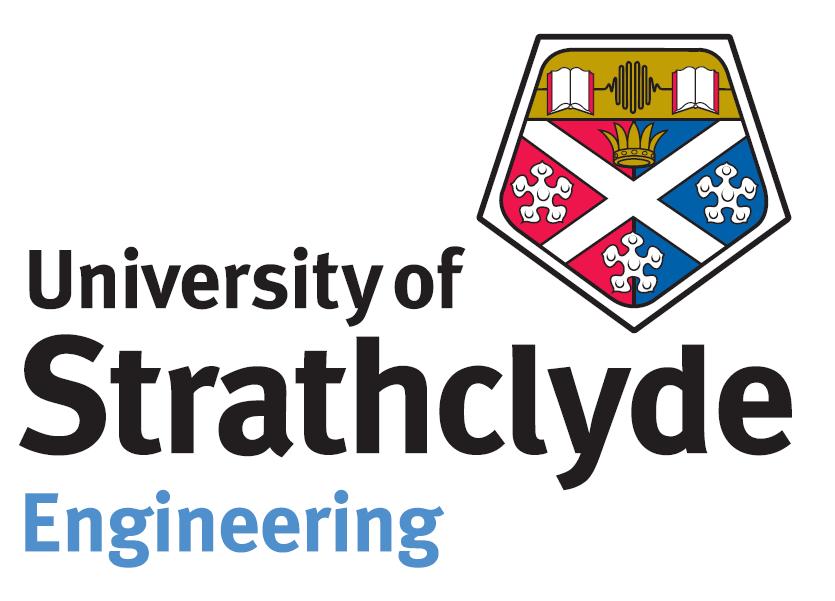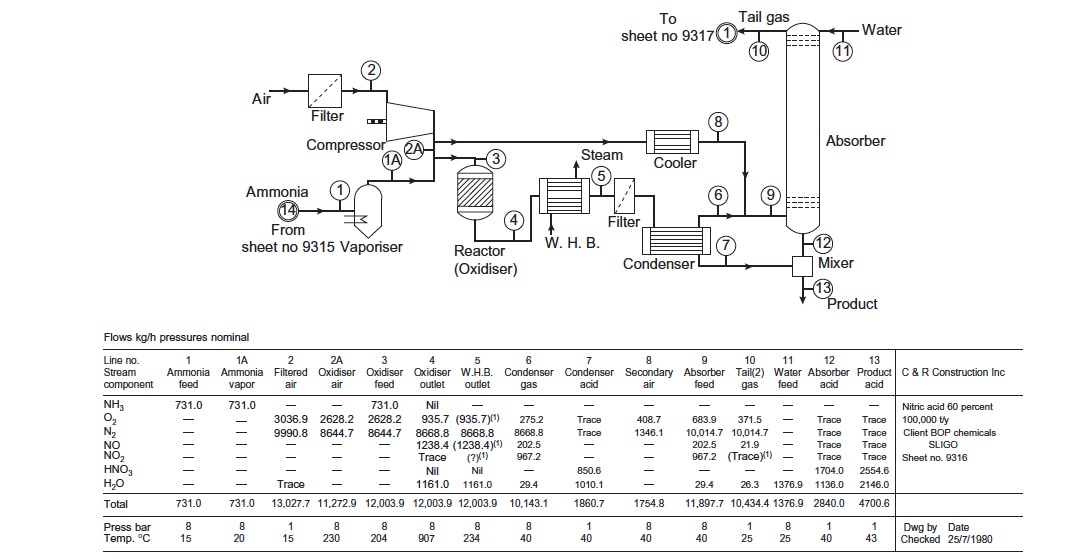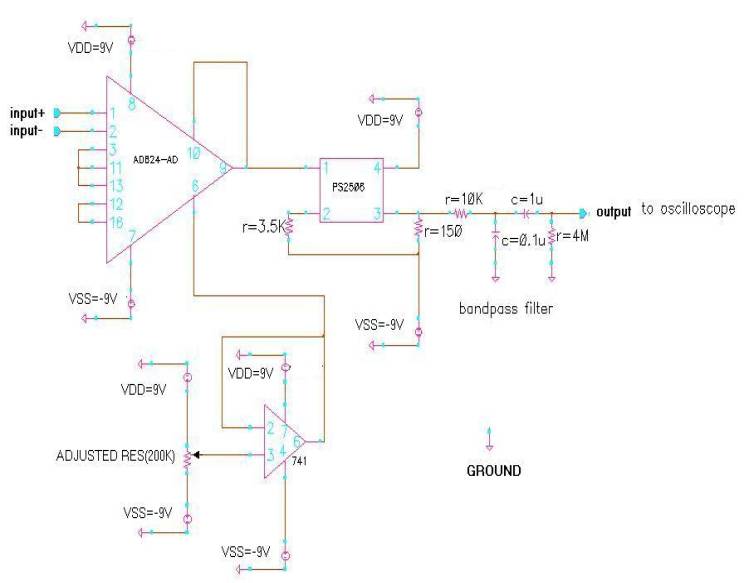Introduction to Biomedical Engineering
Data: 1.03.2018 / Rating: 4.8 / Views: 697Gallery of Video:
Gallery of Images:
Introduction to Biomedical Engineering
Frontiers of Biomedical Engineering (BENG 100) Professor Saltzman introduces the concepts and applications of biomedical engineering, providing an overview of. Introduction to Biomedical Engineering Yale University. The course covers basic concepts of biomedical engineering and their connection with the spectrum of human activity. It serves as an introduction to the fundamental science and engineering on which biomedical engineering is based. Case studies of drugs and medical products illustrate the. Grading Scheme Following is the grading methodology and the point distribution based on the objectives above. First discussion in class (4) In the first cycle of lectures, you will be exposed to examples of creativity and innovation in BioMedical Engineering OnLine is an open access, peerreviewed journal that is dedicated to publishing research in all areas of biomedical engineering. BioMedical Engineering OnLine is aimed at readers and authors throughout the world with an interest in using tools of the physical sciences to advance and understand problems in the biological and medical sciences. Introduction to Biomedical Engineering Second edition. Edited by: Enderle J, Blanchard S, Bronzino J. Burlington MA: Article (PDF Available) in BioMedical Engineering OnLine 4(1) July 2005 with. Introduction to and overview of biomedical engineering. Lectures will be given by faculty expert in an area of biomedical engineering. The goal is to give beginning students an appreciation for the breadth of the field and to guide them in making curriculum, major, and career choices. Introduction to Biomedical Engineering is a comprehensive survey text for biomedical engineering courses. It is the most widely adopted text across the BME course spectrum, valued by instructors and students alike for its authority, clarity and encyclopedic coverage in a single volume. Introduction to Biomedical Engineering is a comprehensive survey text for biomedical engineering courses. It is the most widely adopted text across the BME course spectrum, valued by instructors and students alike for its authority, clarity and encyclopedic coverage in a single volume. An integrated, comprehensive survey of biomedical imaging modalities An important component of the recent expansion in bioengineering is the area of biomedical imaging. This book provides indepth coverage of the field of biomedical imaging, with particular attention to. Introduction to Biomedical Engineering is a comprehensive survey text for biomedical engineering courses. It is the most widely adopted text across the BME course spectrum, valued by instructors and students alike for its authority, clarity and encyclopedic coverage in a single volume. Introduction to Biomedical Engineering at Rutgers In 1986, the State of New Jersey formally chartered the Rutgers Department of Biomedical Engineering as an independent entity within the School of Engineering with exclusive responsibility for granting M. degrees in biomedical engineering. Request PDF on ResearchGate Introduction to Biomedical Engineering Under the direction of John Enderle, Susan Blanchard and Joe Bronzino, leaders in the field have contributed chapters on the. Introduction to Biomedical Engineering Technology, Second Edition explains the uses and applications of medical technology and the principles of medical equipment management to familiarize readers with their prospective work environment. For freshman and limited calculusbased courses in Introduction to Biomedical Engineering or Introduction to Bioengineering. This text presents freshmanlevel students with a study of some of the best engineering designs provided by nature and exposes them to. Introduction to Biomedical Engineering is a comprehensive survey text for biomedical engineering courses. It is the most widely adopted text across the BME course spectrum, valued by instructors and students alike for its authority, clarity and encyclopedic coverage in a single volume. Introduction to Biomedical Engineering, Second Edition provides a historical perspective of the major developments in the biomedical field. Also contained within are the fundamental principles underlying biomedical engineering design, analysis, and modeling procedures. This new edition provides major revisions to a text that is suitable for the introduction to biomedical engineering technology course offered in a number of technical institutes and colleges in. This is a zerocredit required course for the BS in BME. It should be taken by students in their freshman year. Helping you decide if BME is the right major for you Making the most of your undergraduate experience. There is one partnerbased assignment where you will interview two people working. Introduction to Biomedical Engineering Technology, Second Edition mediafire. net Download Note: If you're looking for a free download links of Introduction to Biomedical Engineering Technology, Second Edition pdf, epub, docx and then this site is not for you. Biomedical engineering applies engineering and science principles and methodologies to the analysis of biological and physiological problems and to the delivery of health care. INTRODUCTION TO BIOMEDICAL ENGINEERING THIRD EDITION JOHN D. ENDERLE University of Connecticut Storrs, Connecticut JOSEPH D. BRONZINO Trinity College rehabilitation engineering, biomaterials and tissue engineering, bioinstrumentations and biosensors, biosignal processing and physiological modeling, bioelectric, bioinformatics and computational biology, bioimaging, and biomedical optics. TAACCCT provides community colleges and other eligible institutions of higher education with funds to expand and improve their ability to deliver education and career training programs. Introduction to Biomedical Engineering is a comprehensive survey text for biomedical engineering courses. It is the most widely adopted text across the BME course spectrum, valued by instructors and students alike for its authority, clarity and encyclopedic coverage in a single volume. Introduction to Biomedical Engineering KungBin Sung Biomedical Instrumentation. 2 Outline Chapter 8 and chapter 5 of 1st edition: Bioinstrumentation Bridge circuit Operational amplifiers, instrumentation amplifiers Frequency response of analog circuits, transfer Summary. This new edition provides major revisions to a text that is suitable for the introduction to biomedical engineering technology course offered in a number of technical institutes and colleges in Canada and the US. Introduction to Biomedical Engineering, Second Edition provides a historical perspective of the major developments in the biomedical field. Also contained within are the fundamental principles underlying biomedical engineering design, analysis, and modeling procedures. Introduction to Biomedical Engineering is a comprehensive survey text for biomedical engineering courses. It is the most widely adopted text across the BME course spectrum, valued by instructors and students alike for its authority, clarity and encyclopedic coverage in a single volume. For freshman and limited calculusbased courses in Introduction to Biomedical Engineering or Introduction to Bioengineering. Substantial yet readerfriendly, this introduction examines the living system from the molecular to the human scalepresenting bioengineering. Introduction to Biomedical Engineering is a comprehensive survey text for biomedical engineering courses. It is the most widely adopted text across the BME course spectrum, valued by instructors and students alike for its authority, clarity and encyclopedic coverage in a single volume. BIOMEDICAL ENGINEERING Morgan Maddie What is it? In simplicity The application of engineering to the medical field EDUCATION REQUIREMENTS Minimum Undergraduate degree (Bachelor's) Bioengineering at MIT is represented by the diverse curricula offered by most Departments in the School of Engineering. This course samples the wide variety of bioengineering options for students who plan to major in one of the undergraduate Engineering degree programs. The beginning lectures describe the science basis for bioengineering with particular emphasis on molecular cell biology and. Biomedical engineering (BME), also known as bioengineering, is the application of engineering principles and design concepts to medicine and biology for healthcare purposes (e. Introduction to Biomedical Engineering is a comprehensive survey text for biomedical engineering courses. It is the most widely adopted text across the BME course spectrum, valued by instructors and students alike for its authority, clarity and encyclopedic coverage in a single volume. The Advantage Training site provides free and instant access to both basic and advanced medical device quality assurance training courses. With Advantage Training, you can stay uptodate on all the latest techniques and tools from Fluke Biomedical and RaySafe. introduce major areas of biomedical engineering and to inform first year students as to their choices for pursuing biomedical engineering and related careers. Below is an ideal The PowerPoint PPT presentation: Introduction to Biomedical Engineering Design is the property of its rightful owner. Do you have PowerPoint slides to share? If so, share your PPT presentation slides online with PowerShow. The purpose of the second edition remains the same as the first edition, that is, to serve as an introduction to and overview of the field of biomedical engineering. Many chapters have undergone major revision from the previous edition with new end of chapter problems added. John Enderle is among the best known biomedical engineers in the world. He is the incoming president of the IEEE Engineering in Medicine and Biology. Biomedical engineering is a discipline that advances knowledge in engineering, biology and medicine, and improves human health through crossdisciplinary activities that integrate the engineering sciences with the biomedical sciences and clinical practice. Professor Saltzman introduces the concepts and applications of biomedical engineering, providing an overview of the course syllabus, reading materials for lecture and labs and grading logistics. Various pictures are shown to highlight the current application of biomedical engineering technologies in. Introduction to Biomedical Engineering is a comprehensive survey text for biomedical engineering courses. It is the most widely adopted text across the BME course spectrum, valued by instructors and students alike for its authority, clarity and encyclopedic coverage in a single volume. Biomedical Engineering is one of the emerging fields which combines Engineering expertise with the needs in the medical industry for the growth and development of the healthcare sector. Biomedical engineers improve our health and lives through advances such as artificial organs, sophisticated robotoperated surgical equipment, advanced medical imaging, and deep brain stimulation. In this course, students will be introduced to the range. Introduction to Biomedical Engineering 2ed. SM has 16 ratings and 3 reviews: Published January 3rd 2006 by Academic Press, 272 pages, Paperback Introduction to Biomedical Engineering is a comprehensive survey text for biomedical engineering courses. It is the most widely adopted text across the BME course spectrum, valued by instructors and students alike for its authority, clarity and encyclopedic coverage in a single volume. Biomedical Engineering is the newest and fastest growing department in Columbia's School of Engineering and Applied Science, yet the facultystudent ratio is low. Description A complete overview of electromyography with contributions from pacesetters in the field. In recent years, insights from the field of engineering have illuminated the vast potential of electromyography (EMG) in biomedical technology.
Related Images:
- Simpson season 1 22
- Arab girl
- Chicago fire s02e13 web
- Texas chainsaw massacre 2013
- River monsters killer torpedo
- The sculpture of nancy graves a catalogue raisonne
- Moto gp 2 FULL
- The body in gold
- Perception s02e10 1080p
- Young jeezy pour it up
- Ariel pinks haunted graffiti before today
- Dont front eminem
- Barfi bluray 720p
- Death live raw
- The gilmore girl
- Eastbound down vost
- Marineford one piece
- Wall e french
- Step up revolution 5
- Armin van buuren a state of trance radio top
- Stieg larsson epub dutch
- Let Off In Me 5
- 4 on one gang
- French terminator renaissance
- Rocky of the year
- Perks of being a wallflower hd
- Doctor who hd complete
- Naruto shippuden ep 338
- Everybodylovesraymond season 3
- St louis bessie
- Death by china
- House of ghost
- The pretty one 2013 720p
- Video mp3 flv
- Gta san andreas crackrar
- Miguel Cotto vs Manny Pacquiao
- Ryse son of rome
- Two 4 one 2018
- Legend brad pitt
- Anger management
- Cinderella dreams come true
- Jla 80 page giant 2011
- Tin yaari katha
- Battle for MiddleEarth
- Walking dead comic 1 90
- Mysteries asylum conspiracy
- Dead space 3 spa
- Alex chance 2014 june
- Pete rock camp lo
- Monkey king chinese
- Uk top 40 24
- Generator rex riddle of the sphinx
- Beavis and butthead cornholio
- C sharp 2010
- Brooklyn nine nine s01e14
- Itunes video converter
- Taste of vengeance
- Flash Web Site Templates
- Running man e183
- Fantastic plastic machine
- World series fighting
- New found glory nothing gold can stay
- Hair down there 2
- Born this way special
- Boardwalk empire s02e02
- Idhuvum Kadandhu Pogum
- The notorious mr bout
- Deadly voltage rise of the invincible
- Who do you think you are us s05e05
- The Earthling 1980
- Gods Pocket 2018
- Dominion season 1 subs
- The espaol latino
- Gabriel iglesias aloha fluffy
- Passion 04 23
- Batman the dark night
- The First Rule Of Safe Lifting Is To
- Battle los angeles yify
- Ahs season 2
- True west 2013
- Tila tequila lesb












